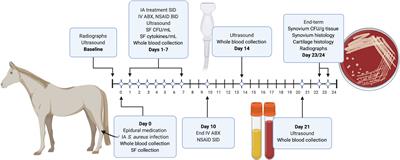ORIGINAL RESEARCH
Published on 11 Oct 2022
CodY is modulated by YycF and affects biofilm formation in Staphylococcus aureus

doi 10.3389/fmicb.2022.967567
- 1,852 views
- 4 citations
15k
Total downloads
60k
Total views and downloads
ORIGINAL RESEARCH
Published on 11 Oct 2022

ORIGINAL RESEARCH
Published on 20 Sep 2022
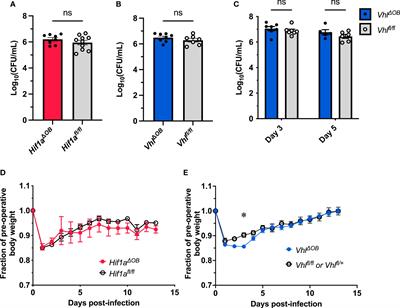
ORIGINAL RESEARCH
Published on 29 Jul 2022

ORIGINAL RESEARCH
Published on 28 Jul 2022

ORIGINAL RESEARCH
Published on 22 Jul 2022

REVIEW
Published on 22 Jul 2022
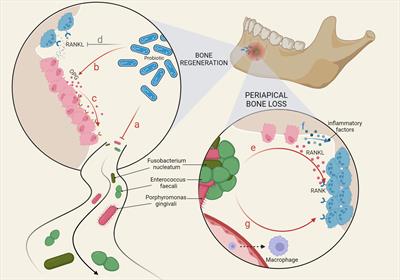
ORIGINAL RESEARCH
Published on 18 Jul 2022

ORIGINAL RESEARCH
Published on 07 Jul 2022
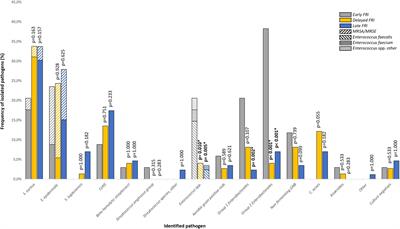
ORIGINAL RESEARCH
Published on 01 Jul 2022

ORIGINAL RESEARCH
Published on 24 Jun 2022
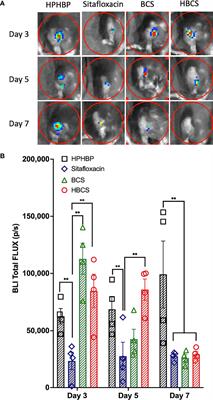
ORIGINAL RESEARCH
Published on 09 Jun 2022

ORIGINAL RESEARCH
Published on 30 May 2022
